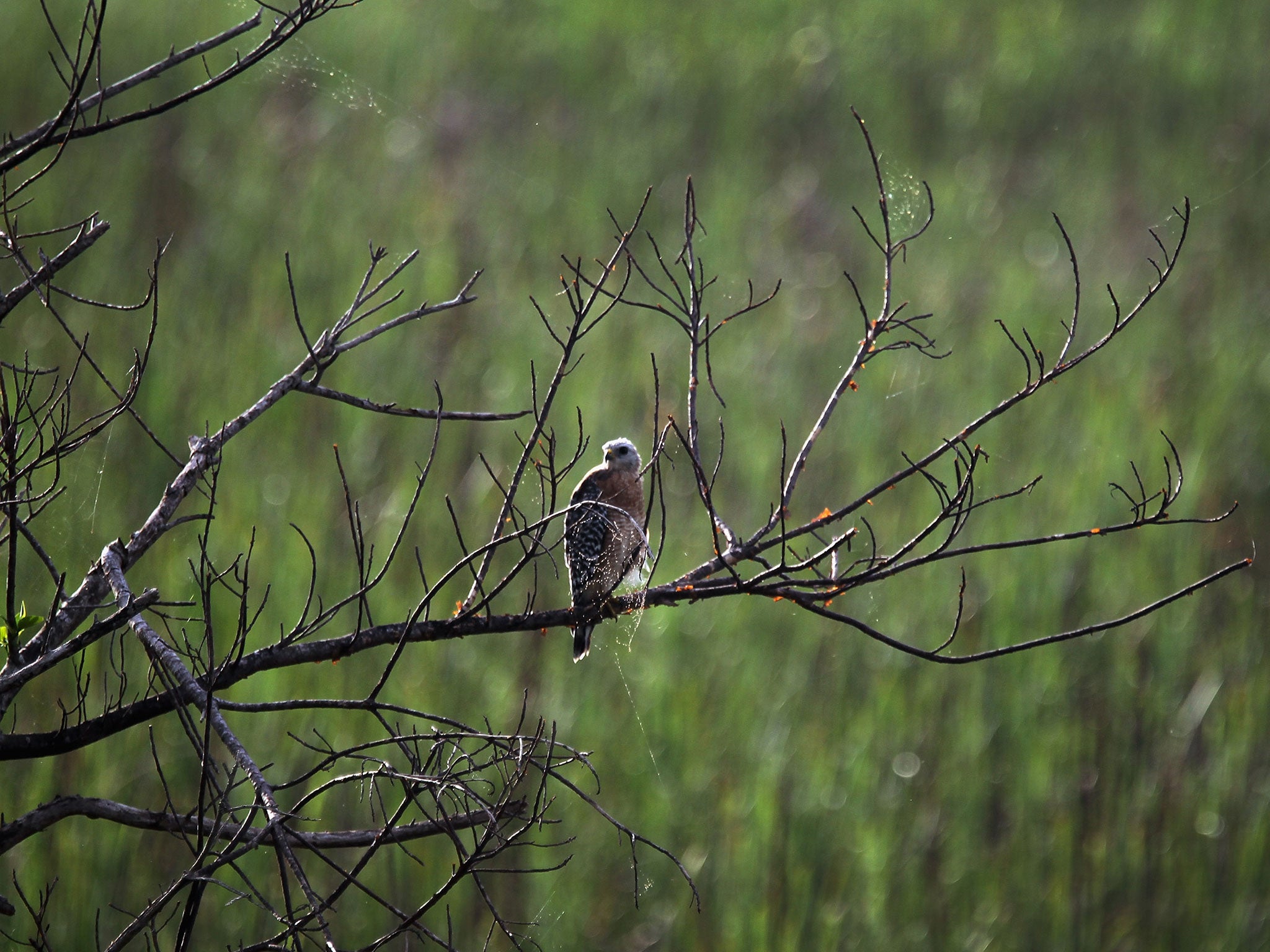The Independent's journalism is supported by our readers. When you purchase through links on our site, we may earn commission.
Nature Studies: My best nature books of 2014
Here are the seven books I would recommend for anyone with a love for the natural world and its inhabitants

It has been said more than once in the recent past that we appear to be in a golden age of nature writing, that is, of explorations of the natural world and our relationship to it – a development which perhaps has been prompted by the growing sense of just how threatened the natural world is becoming. And there is certainly support for that idea if we look at the books about nature published in the past year, many of which are distinguished. So as a final aid to Christmas shopping, if you like, here is my own short catalogue of some of the best nature books of 2014.
Heading my list is Helen Macdonald’s H is for Hawk (Jonathan Cape, £14.99), which in November carried off the Samuel Johnson prize and was thus officially crowned as the best British non-fiction book of the year – and worthily so.
It is a quite remarkable story of how a woman falconer attempts to cope with the grief of her beloved father’s death by losing herself in training a goshawk, one of most difficult birds in falconry to cope with; but effortlessly blended with these two powerful themes of death and of wildlife is a third, a striking biographical sketch of T H White, the often-tormented writer who produced the celebrated novel sequence about King Arthur’s court, The Once and Future King.
Why? Because White himself tried to train a goshawk and wrote a book about it; but he merely attempted to break the bird’s will, and failed disastrously. Helen Macdonald, however, a falconer since her teenage years, and immensely knowledgeable, gets inside the spirit of her own bird and they become almost as one.
The combined drama of these three rotating themes, her grief, her goshawk, and her predecessor’s failure, is wholly novel and is compelling; the portrait of her hawk, the exquisite, deadly killing machine which gradually becomes her partner, is enthralling; the lyricism infusing the whole work is enchanting. The book is unforgettable.
My second choice for the year is A Message from Martha by Mark Avery (Bloomsbury, £16.99), the story of the extinction of the passenger pigeon in the US, which had probably been the most numerous bird in the world in the mid-19th century, its flocks numbering in the billions and taking days to pass a given point; yet by 1914 it was reduced to a single bird (named Martha) in Cincinnati Zoo, which died on 1 September of that year.
Avery’s story, written for the 100th anniversary of the species’ extinction, documents in riveting detail the mass slaughters by commercial hunters which immediately precipitated the passenger pigeon’s collapse, but also looks for deeper reasons for the bird’s decline, and finds it in ecology: the disappearance of its habitat, America’s old-growth forests, and its dependence on the size of its flocks for defence against predators, so that the decline became self-reinforcing.
His account is gripping and ends with an ominous British parallel – the much-loved turtle dove, which itself appears to be heading for extinction here. Required reading for all nature lovers.
My third choice is Claxton by Mark Cocker (Jonathan Cape, £14.99), a vivid exploration of the wildlife surrounding the eponymous village on the edge of the Norfolk Broads over the course of a year. There is an established British tradition for doing this, from Gilbert White’s A Natural History of Selborne onwards, but Cocker departs from the normal narrative manner and his portrait is made up of short, vibrant, impressionistic sketches about the wild geese, the otters and the foxes, the peregrine falcons and all the other stunning life of his damp corner of Norfolk. The detailed observation is often breathtaking; the language sometimes verges on the Shakespearean (“A great floating slobber of spawn lolled in the shallows.”) Memorable.
There are other books I would mention but can only do so briefly. Those who enjoy H is for Hawk may well enjoy A Sparrowhawk’s Lament by David Cobham, with illustrations by Bruce Pearson (Princeton University Press, £24.95), a very detailed and engrossing account of the health or otherwise of Britain’s birds of prey, and fans of A Message from Martha will enjoy The Passenger Pigeon by Erroll Fuller (Princeton, £19.95), a much shorter account which is, however, sumptuously illustrated; while lovers of lepidoptera will be much taken with Seeing Butterflies by Philip Howse (Papadakis, £16.99), a butterfly guide not like all the others.
Finally, a book I have much enjoyed myself has been My Year With Hares by Martin Hayward Smith, (£27.95), full of enchanting photos of one of my favourite wild animals.
It is beginning to look like a golden age for nature writing, indeed.
Join our commenting forum
Join thought-provoking conversations, follow other Independent readers and see their replies
Comments
Bookmark popover
Removed from bookmarks